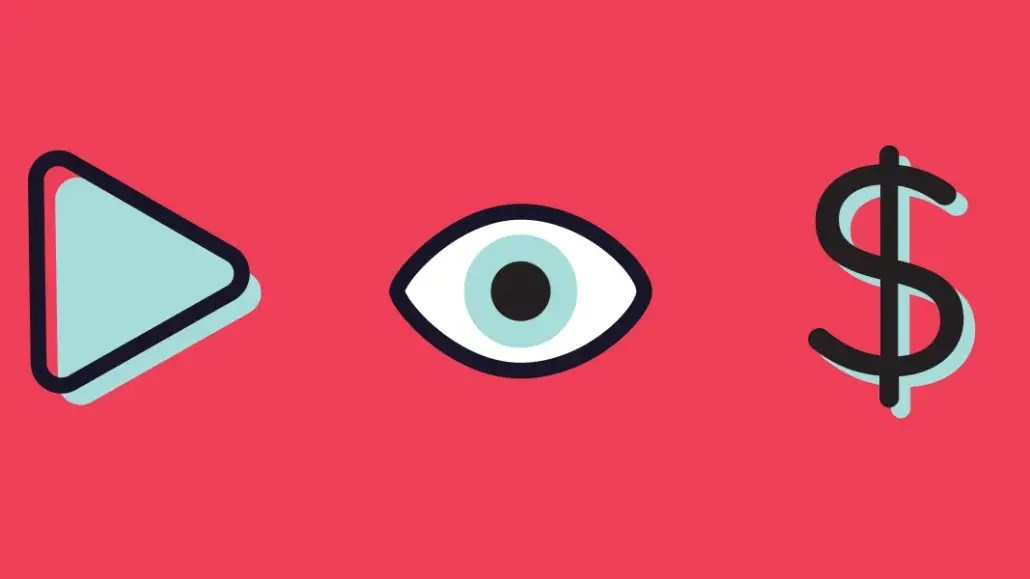How brands are combining audio and video formats to boost digital campaign success

Rachel Brooks, associate director of business marketing, global, Spotify
Digital media consumers seamlessly transition from audio to video throughout their day — listening to a favorite playlist during a workout or commute, then tuning into video content when relaxing in front of screens at the end of the day.
This trend is reflected across streaming platforms, including those traditionally relying on audio. This significant surge in video engagement reflects a broader shift in user preferences. For example, according to Spotify research, time spent with video on Spotify has increased 48% year over year — and among Gen Z users, a whopping 136% — a figure significantly influenced by video podcasts.
This versatility presents an opportunity for advertisers to connect with audiences through new and exciting combinations of ad formats that make campaigns more effective. A multi-format strategy combining audio and video components can help brands reach and engage listeners in different contexts, during different activities and at various points in the purchase journey.
Audio ads reach already-engaged listeners during screenless moments
Digital streaming listeners enjoy podcasts and playlists as a part of their daily routines. According to Spotify’s ‘Sonic Science’ report, almost two-thirds (63%) say the platform is important to their everyday lives, and more than a quarter (27%) say they find the streaming service more engaging than social media.
When figuring out the best ad format combination, context is critical. For example, audio ads — designed for a no-swipe, no-scroll environment — aim to capture attention without disrupting listeners engaged in screen-free activities. Running host-read podcast ads can help brands connect with audiences in an environment that’s friendly, familiar and perceived as trustworthy. Magna and Vox Media research found that 3-in-4 consumers cite podcast hosts as the most influential figures driving their purchasing decisions.
The ideal ad format also varies depending on the stage of the buying journey advertisers are looking to target. Spotify’s ‘Consumer Decision Journey’ report found that ads played during music listening sessions (i.e., in between songs) were 2.6 times more effective than the all-media average during the earlier stages of the purchase journey, often when brand awareness is established. At later stages of the buying journey — for instance, when shoppers have decided on a purchase and are deliberating over which brand to buy — a podcast ad read by a trusted host may be the final push they need to make a purchase.
Video ads are effective on digital streaming platforms, too
People don’t just listen on digital streaming platforms — they may look at the app to check what song is next, search for an artist or podcast, or watch a video podcast. And video ads on Spotify, for example, are served only when the app is in focus — so they won’t be served to listeners when their phones are in their pockets. Additionally, compared to digital video ad benchmarks from Veritonic, Spotify’s video ads are 10% more engaging and 7% more authentic.
Across the board, combining audio and video ads in a multi-format approach results in 7% higher brand awareness and a 27% higher purchase intent on Spotify, according to Nielsen brand effect and Kantar brand lift research from 2023. This strategy can be effective for driving lower-funnel results, too. Advertisers adopting a mix of audio and video ads on Spotify experience concrete results, such as 66% more incremental sales, according to U.S. NCS, and a 55% increase in the cost-effectiveness of in-store visits compared to audio-only campaigns, according to Foursquare data.
How Toyota used both audio and video ads to promote its newest model
Toyota’s Spotify Advertising campaign strategically employed a combination of audio and video ads to promote its Corolla Cross model. The carmaker wanted to raise awareness among passionate young achievers, versatile movers and multicultural audiences who felt their current cars didn’t quite fit.
The multi-format campaign leaned on ‘Finding that Perfect Fit’ messaging and several influencers for audio, video and podcast ads across multiple segments. The brand met its objectives, which included raising awareness (increased by 35 points) and consideration (increased by 9 points) among the target age group, according to a Nielsen brand effect study. But these metrics are more than just statistics: They point to the many benefits of a multi-format strategy and the potential for long-term gains in brand perception.
While the objective was to raise awareness and consideration among a young, diverse audience, the campaign’s multi-pronged approach also serves as a textbook example of how to reach different demographics more effectively throughout their daily digital journey.
Running a multi-format campaign isn’t just a new trend — it’s a data-backed strategy. Brands can make the most out of this dynamic campaign format by reaching listeners when they’re engaged in screenless moments in addition to their screen time. Combining the two formats is ideal for presenting messaging in different ways at different stages of the purchase journey. It allows advertisers to play into the various activities consumers are engaging in for deeper audience connections and more successful campaigns.
Sponsored by Spotify Advertising
More from Digiday

Agencies create specialist units to help marketers’ solve for AI search gatekeepers
Wpromote, Kepler and Jellyfish practices aim to illuminate impact of black box LLMs’ understanding of brands search and social efforts.

What AI startup Cluely gets — and ad tech forgets — about attention
Cluely launched a narrative before it launched a tool. And somehow, it’s working.

Media Briefing: ‘Cloudflare is locking the door’: Publishers celebrate victory against AI bot crawlers
After years of miserably watching their content get ransacked for free by millions of unidentified AI bot crawlers, publishers were finally thrown a viable lifeline.








